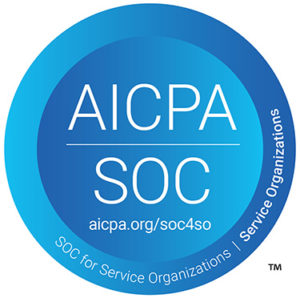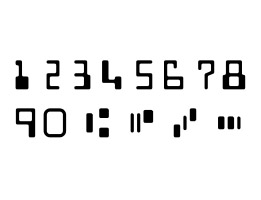|
This is the second in a series of articles highlighting the best practices that banks and Project ScopeOne of the early steps an organization must take before launching a project is to define the project scope. It’s easy for projects to get out of control, commonly known as “scope creep,” as the project begins to move in directions not initially intended. Scope creep adds time, cost, and risk to the project completing on time and successfully. The addition of unintended added features to the final product of the project is often referred to as “gold plating.” Defining a clear project scope statement and adding controls to the project will reduce or prevent this type of scope creep and gold plating from negatively impacting the final product, time, and cost of the project’s final product. The first step in defining a clear project scope is to collect the requirements of the project and its final product. This is accomplished first by reviewing the project charter for high-level details as to what is the goal and output of the project. (See the previous issue of Digital Communications for details on developing a project charter.) Within the project charter is the stakeholder register, a list of all stakeholders to the project, including the project sponsor and anyone else who will be affected by the project or its product. Tools to Help Define and RefineThere are many tools and techniques that can be used to help collect the project requirements that will define the scope of the project. Common practices include stakeholder interviews, focus groups, directed workshops which may include certain creativity exercises, surveys and questionnaires, product prototypes, or simply observing what is currently in the marketplace and how people interact with these types of products. Once requirements have been collected, it is time to define the scope of the project. Using the project charter and the requirements document developed in the previous step, most organizations will utilize either internal or external subject matter experts to develop the scope of the project. These experts conduct a product analysis and identify alternative options available before committing to the project and product scope. With these inputs and tools, the project scope statement is developed and once the scope statement is developed the project can be broken down into a structure known as the work breakdown structure (WBS) which we will detail in the next edition of Digital Communications. Scope VerificationWith all of these documents developed, the project manager can now verify the scope with the key stakeholders. Scope verification is a key step to ensure that all stakeholders’ goals and concerns have been addressed in the final scope statement before moving forward. Confirming the scope statement prior to launching the project will save from making costly changes later in the process. Once the scope is verified the project manager has the tools necessary to control the scope of the project, thus reducing costs, time, and risks to the project and the project can move to the next phase. For more information or if you have questions, please contact Paul Rupple, PMP at (847) 446-2285, or by email. |

Check out Digital Check’s Teller and Branch Products:
|




